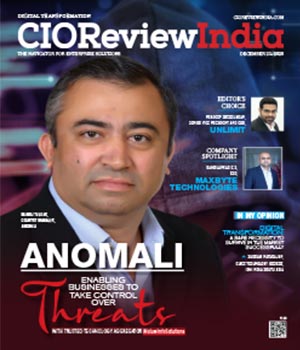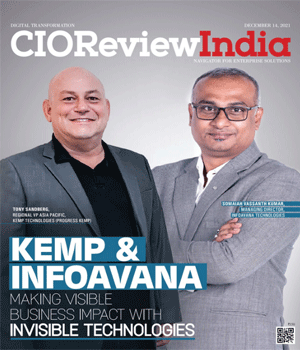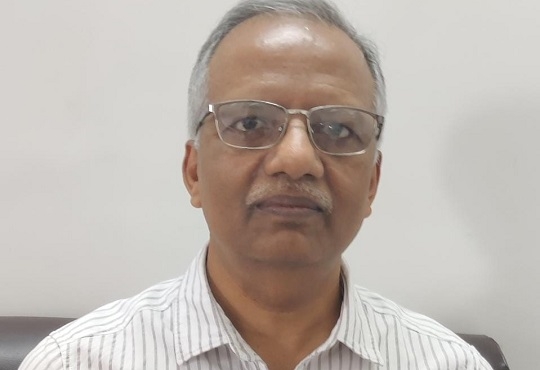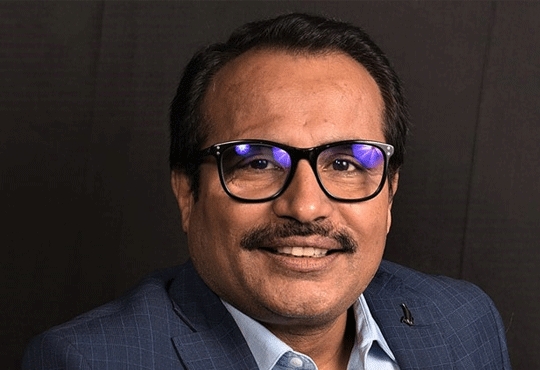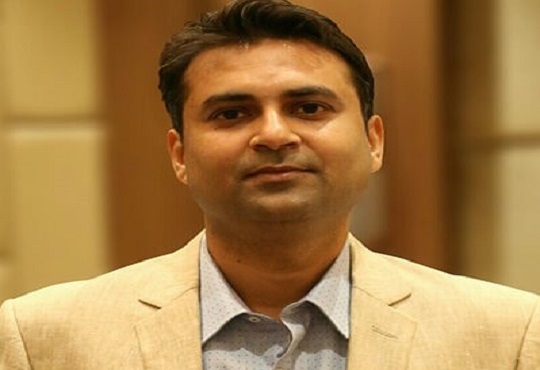
Unleashing the Potential of IT in Engineering Solution Development
Gyan Pandey, Head - Digital/CDO, Voltas | Monday, 23 October 2023, 20:09 IST
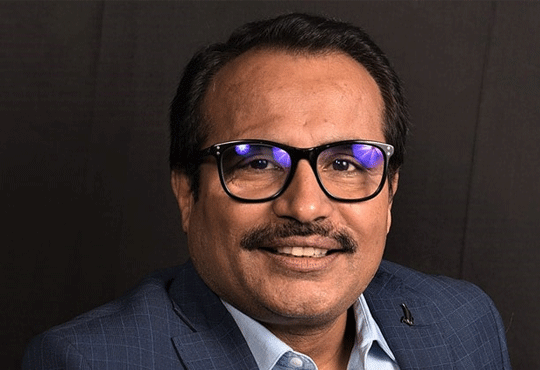
Gyan Pandey, Head - Digital/CDO, Voltas in interaction with CIOTechOutlook, shares his views on the process of harnessing the potential of IT in engineering solution development, the key challenges faced in terms of aligning IT initiatives with the specific needs and requirements of engineering teams and more.
In the process of harnessing the potential of IT in engineering solution development, what are the key challenges in aligning IT initiatives with the specific requirements of engineering teams?
Gone are the days when your historical data used to be collated by someone in order to get the insight out of it. Based on the heuristic of a particular industry, we make the decisions. But now, we have intelligent systems in place with the ability to derive real-time data. We are aware of the evolution where everything in the plant can be IoT enabled and once this is carried out, it renders real-time data in terms of the performance, operations, and energy consumption and in terms of various other parameters as well. When the data is coming in and the data mining process is carried out, multiple TBs of data will not yield a certain result, unless we conduct a proper study and come up with a certain analysis. This analysis goes into multiple iterations, which means, there will be a different approach or a different team to look at the same data.
Therefore, every team will have different views. For instance, if I am from the supply chain, I may look at the time it takes from procurement till the finished goods are packaged and when someone else is from quality, they may look at the number of items that are not meeting the specifications and are having quality defects. However, the data remains the same. Therefore, it all depends on the kind of perspective every team has.
Now, when we start looking at the problems that may arise out of these, the first and foremost factor is the way we are going to capture the data and how we are going to use it so that the vision should be clear and there should be always a minimalistic approach. When you are using such kind of analysis, you should follow the right approach. For instance, when we build a data lake or data ocean, we push all that data such as plant data, supply chain data, and operational data into a single element and then we are lost and not able to get an insight out of it. Hence, to avoid this, the first action to be taken while planning such a kind of action is to leverage technology on the engineering side. And, firstly, you should be very clear on what the critical equipment or the critical areas in which data needs to be captured.
Secondly, you should be clear on the business objective that you are going to achieve.You need to build your models according to these two parameters and building the model also needs a mature process. You can have one model which is yielding certain results, but that may not be mature. It needs a lot of iterations, and learning and then it will be a mature process.
Today, we are all using ChatGPT for various tasks. For instance, when you type a question, the response will not be the response you expected, but when you type the same question after a week, the response will be far better or more contextualized. Also, one of the reasons why many of the IT ambitious projects in terms of data or terms of Process Excellence fail is because the business objectives are not very clear and their whole investments and direction towards that objective get deviated somehow.
Thus, the first and foremost thing I would suggest is to gain proper knowledge of your process and have a clear understanding of the business objective and according to that, you have to process the steps. In addition, a roadmap to do the iterations is to measure it and always go in a phased manner/stepwise method. You achieve one KPI or you achieve one improvement and model it for the next one and then gradually you take to the other functions or other software activities.
What role do cross-functional communication and collaboration play in mitigating the challenges during the integration of IT in engineering solution development, and how can it be ensured?
Today, technology is not limited to a single function. Technology is the complete nervous system of an organization, society, country, or even our day-to-day lives and it touches every function of every operation. Therefore, when implementing a technology, or even upgrading, it always triggers change management and change management is no longer applicable only to a given function. You need to have the cross-functional team coming together, communicating, and understanding their challenges. This is because it helps to not only manage the change but to also de-risk the gaps that we may find during the implementations. Furthermore, it also allows you to plan it better, to mitigate some of the underlying risk which is a part of the plan.
Now, the cross-functional team also brings the cohesive knowledge of different functions together to bring out the best or the optimal solutions in terms of implementing it. CFT is a prevalent element you take for technology, be it any process initiative or any transformation in the business. It always must be backed by a cross-functional team because you need different functions' expertise to manage the risk and embrace the change.
What would be your suggestion to all the manufacturers who are looking to implement IT solutions for enhancing their engineering development?
There could be different approaches for different industries and it is not a one-size-fits-all approach. However, when it comes to a typical discrete manufacturing industry that is not heavily loaded on components the first and foremost factor to consider to achieve operational excellence would be the implementation of IoT technologies.
Also, the important factors to consider include the underlying IT infrastructure, the underlying processes, and the underlying systems. Now, you must look at two different angles. The first one would be the internal part which is within the organization and the second angle is the external part which is outside the organisation, where you interact with the customer, and render services to them. You should be quick to respond and adapt to the technology or the market.
On the internal side, you can have a phased and planned approach. Firstly, you have to ensure that your IT infrastructure is secure, resilient, and scalable. Secondly, you have to address the issue faced in using legacy infrastructure as this will have an impact on the internal and it will not be the right experience for your internal user.
You should gain a proper understanding, decide the actions, and make your investments in the right plans. Also, proper governance and review of these projects have the complete participation of the business. It should come with the right mindset that these are technological solutions, these products should be driven, managed, and governed by the business team.
There should be a right steering committee and the most important part is that the leadership team or the board will be always ready to give you the investment you need. But you have to present your solutions in a way that is going to give the benefit to the business. This is just the first phase or the beginning. We the people who are going to manage, be it the IT or digital or the CFO team should have clear KPIs and render proper governance.
When it comes to the implementation phase, the steering committees have to ensure that implementation is done correctly. Although the implementation phase is the first milestone achieved. However, many more milestones need to be adopted, and we have to look at the ways we are going to reap benefits from it.
CIO Viewpoint
The Constantly Evolving Technology Landscape in...
By Janifha Evangeline
Navigating the Digitalization of Mining Industry
By Janifha Evangeline
How To Achieve An Effective Digital Transformation
By Yogendra Singh, Head-IT/SAP, Barista Coffee Company Limited
CXO Insights
No-code platforms: Enterprise-wide Adoption...
By Rahul Murthi, Director at Acies
Unleashing the Potential of IT in Engineering...
By Gyan Pandey, Head - Digital/CDO, Voltas
Low Code and Artificial Intelligence - The...


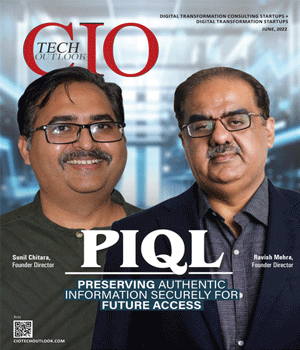
.jpg)
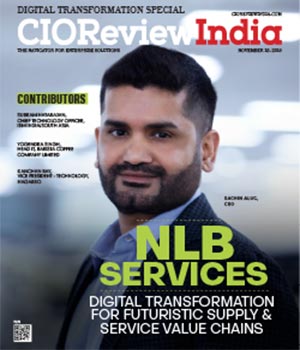
.jpg)
